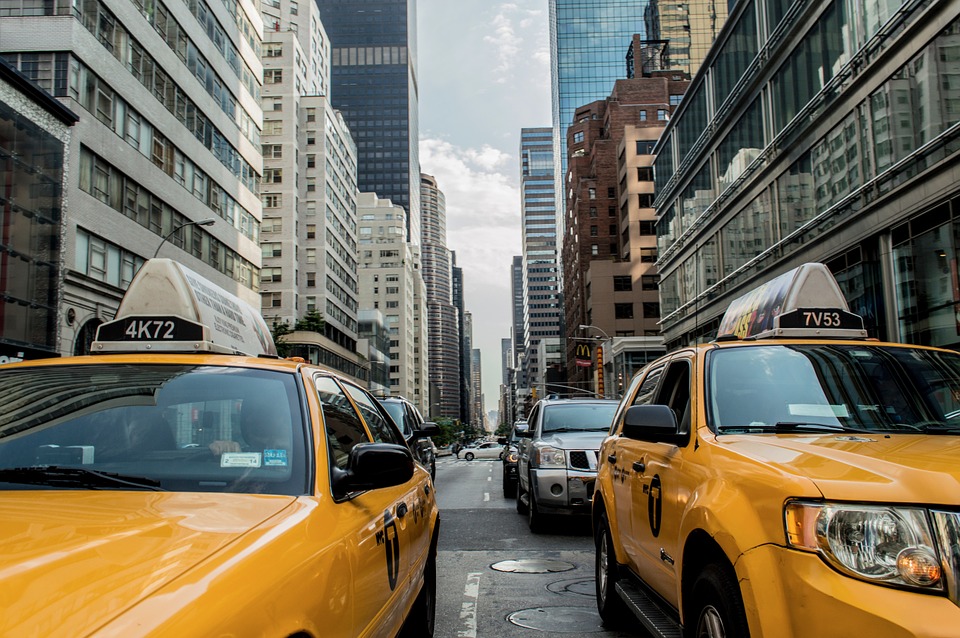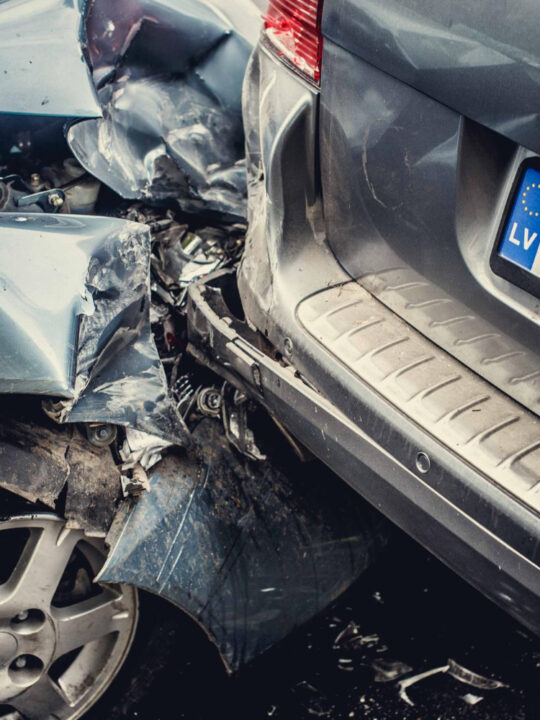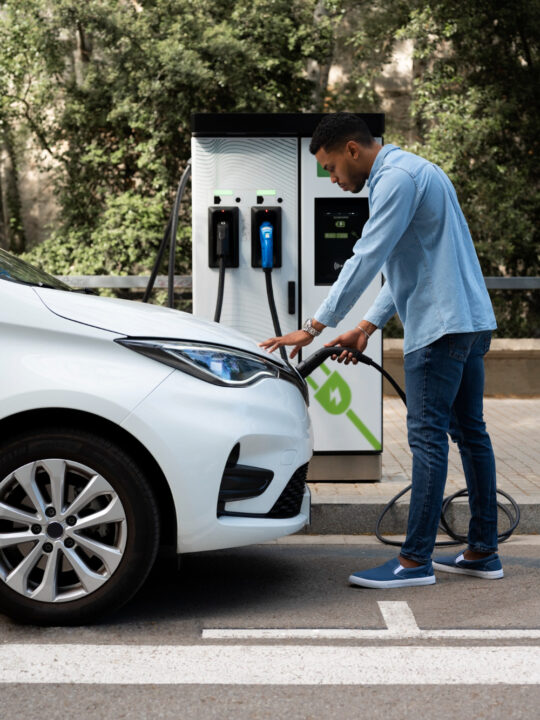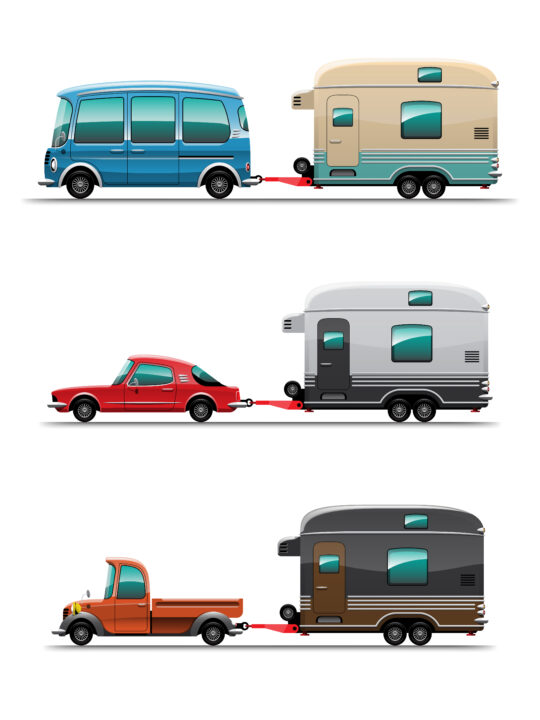 If you are interested in the mobility sector and are a bit up to date on new trends, you will have heard a lot about the rise of electric vehicles, shared mobility and even the autonomous car. And this is great, but one may ask, is there a future for public transport?
If you are interested in the mobility sector and are a bit up to date on new trends, you will have heard a lot about the rise of electric vehicles, shared mobility and even the autonomous car. And this is great, but one may ask, is there a future for public transport?
The answer is definitely yes. Public transport has proven to be the most efficient, safe and least polluting way of moving from one point to another in a city.
However, there is no doubt that public transport still has much to improve to offer better service to its users.
In the case of America, 56% of trips are made by public transport, and in the case of cities such as Lima or Bogotá, public transport moves by itself 10 million people every day. This is a good starting point to improve the existing public transport system, thanks to the new technologies that are emerging in the mobility sector. A bus tour from Montreal to New York has now become easier than ever before.
According to a recent study by McKinsey, the keys to improving mobility in very populated cities have a lot to do with investments in infrastructure and cleaner solutions, especially related to mass transportation of people, and not so much with shared autonomous vehicles. This type of transport, although it may be attractive, is still less efficient than public transport vehicles such as buses, subways or trams.
We share keys to improve public transport in the coming years:
Table of Contents
Multimodal transport:
The user of multimodal transport is one that combines public transport means such as the subway or the bus with other shared mobility services, such as bike-sharing (shared bikes on demand) or carsharing (shared cars).
This, although it may seem otherwise, is really positive to improve public transport because it allows the user to dispense with the use of a private vehicle by having access to different means of transport depending on need or preference.
To make this possible, public transport managers face the challenge of facilitating integration between different public and shared means of transport. For example, the public company that manages the city buses has created a mobile application that integrates the different mobility services of the city, enhancing its use in front of the private car.
Open data:
Mobility data management is one of the great challenges that cities will face in the near future. In this sense, everything indicates that sharing public transport data in an open way (although anonymous, of course) is beneficial for everyone since this will allow third parties to develop mobile applications and services that will make life more comfortable for users such as Moovit.
Goodbye to cash:
One of the challenges that public transport companies must overcome is to be able to dispense with cash in public transport accesses. This form of payment slows down the journeys, and it is heavy and uncomfortable to walk with cash to pay for the bus or subway. However, payment by contactless, or even through the smartphone, is already being enhanced.
Mobility as a Service:
In the future, mobility will no longer be so related to the property (having its own car, motorcycle or bicycle) but rather for the payment for use. Experts indicate that in the future citizens will pay for transportation based on their use and may have flat rates to move in different means of transportation. Something similar to how Netflix or Spotify works, we pay for the service instead of owning movies or music discs.
Less polluting vehicles:
It is true that moving to public transport is less polluting than doing it in a private car, although we still have to improve in this regard. It is essential that public transport companies gradually replace older (and more polluting) vehicles with newer ones with more efficient engines (do not forget that a 10-year-old diesel engine pollutes much more than the same new engine) either electric propulsion, natural gas or even hybrids. In many cities in America, the average age of the car park is too high, even exceeding 20 years in some cases. This not only in pollution but also in passenger safety.
Suggestions for using and improving public transport
But how can public transport be used and improved? Boosting urban lines and creating a regular bus service, boosting the shuttle services that connect the polygons with the main transports, expanding the rail service. It is very important that the transport schedules are adapted to that of the workers, that the stops are comfortable, that the frequency of passage and the rates are correct, etc.
Public transport is a fundamental means of travel to work, and its existence must be an essential requirement for the operation of an industrial or business estate.
There are several modes of public transport:
Local bus services, urban lines that connect to the central nucleus of the town where the business area is located and that runs throughout the polygon; These services have the disadvantage of using long travel times, but allow workers accessibility at the company’s door.
Regular bus services of metropolitan public transport. They participate in widespread traffic congestion, and they are also poorly effective in not bringing the worker closer to their workplace.
Regular shuttle services, which connect the polygons at rush hour with mass public transport (mainly subway and suburban); It must be an express service that does not make too many intermediate stops if you want to offer competitive travel times.
Railway services are highly effective as they avoid congestion and allow compliance with schedules and frequencies, and at the same time guarantee punctuality at the entrance to the job. It is also one of the safest means of transport.
How to make public transport attractive
There are several fundamental aspects that must be taken into account to make public transport attractive:
The provision of public transport services must be adequate to the mobility needs of the polygon; we must ensure that the transport line or lines to be implanted or remodeled connect with the residential areas of the workers.
It is essential that they have canopies that allow a comfortable wait as well as access platforms. Likewise, the proximity of the stops to each of the polygon companies will be studied to avoid unnecessary displacements of the workers.
Services must be frequent, with adequate travel times, acceptable rates, and short waiting times, if you want to attract workers.
Public transport must have segregated traffic lanes in much of its route to avoid wasting time in general congestion; for this, the unions must claim the creation of bus-VAO lanes destined for buses and high occupancy vehicles, in the access roads of the big cities. Likewise, at the entrances of the cities and in the areas where industrial estates are located, priority must be given to public transport (bus lanes, preferential traffic lights, etc.).
Likewise, in the case of existing railway infrastructures close to the polygons, it is possible to request the opening of anchors or the improvement of the existing railway services.
Advantage
- Workers arrive at work rested and without stress.
- It is a viable option for workers who do not drive.
- Reduces the need to create more parking space.
- Reduce the accident rate.
Conclusion
It is true that more and more mobility options arise such as ride-hailing (Uber, for example), carsharing, bike sharing, etc. However, public transport is, and should be, the backbone on which mobility is structured in cities in the face of inefficiency and lack of convenience of private vehicles.







